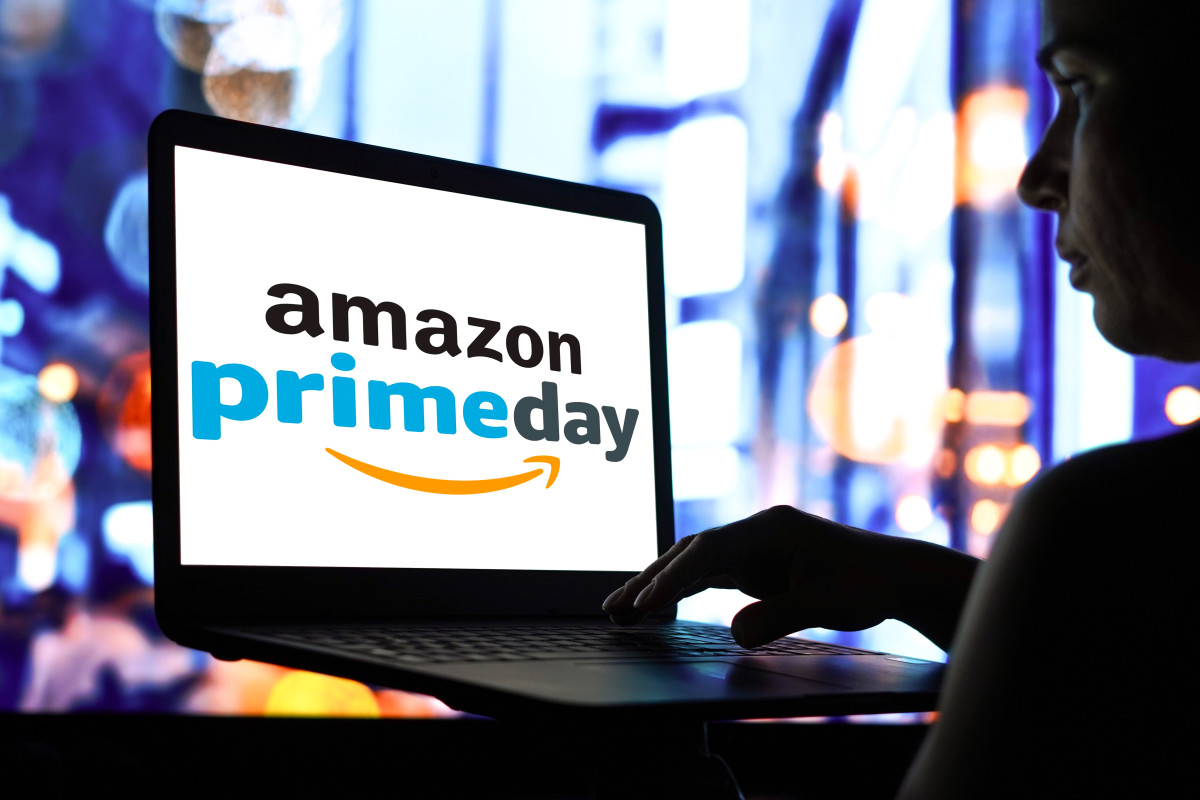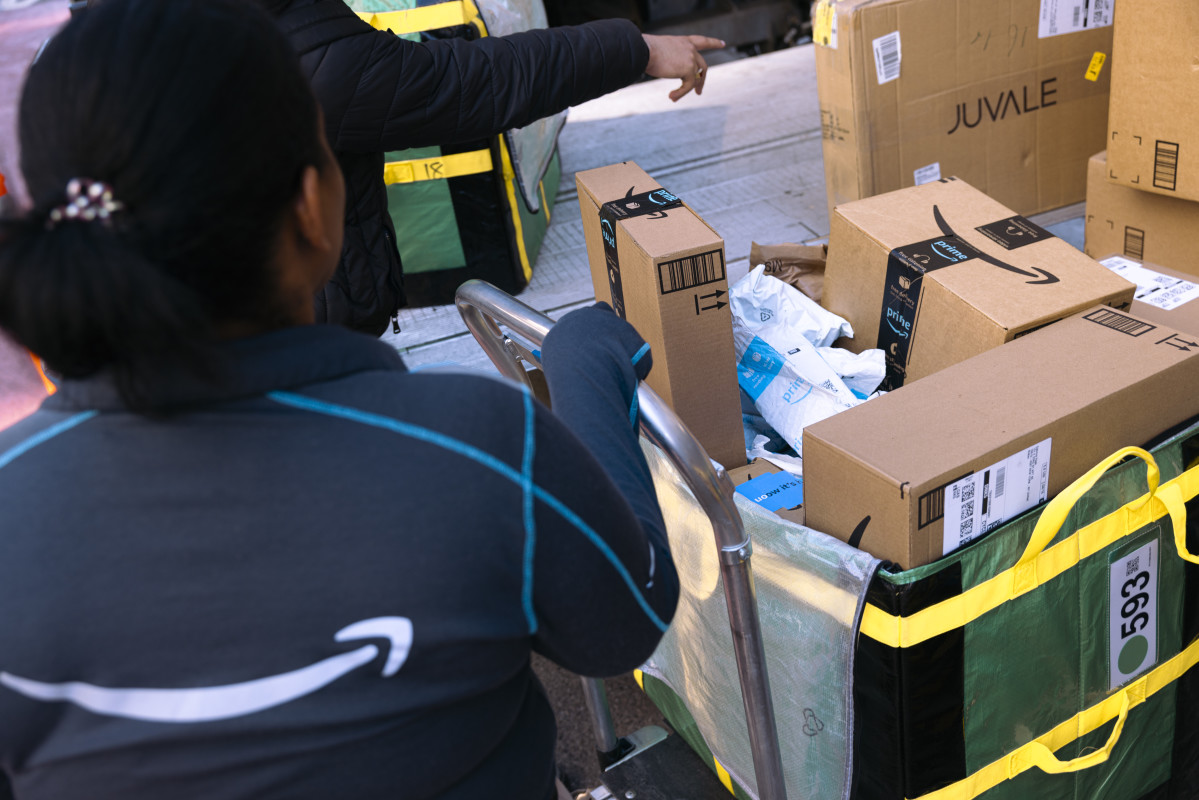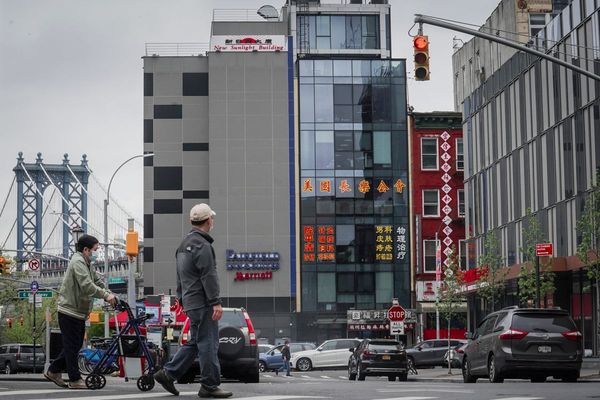
Vivek Pandiya watches online spending for a living.
He is the lead analyst at Adobe Digital Insights, which tracks online spending in the U.S. and elsewhere.
Online spending is growing, but the how of the spending and even the why of the spending is evolving, he says.
In the first four months of 2024, spending was up 7% to $336 billion from a year earlier. More than half that spending is now made via mobile devices, and Adobe Analytics expects 52.5% of 2024 holiday shopping to be done via mobile.
Related: Amazon makes a major Prime Day announcement
Adobe and Pandya see three trends in retailing.
- Consumers, weary of the inflation pressures that erupted from the COVID-19 pandemic, are trading down and are happy to do so.
- Electronics are still the biggest category, followed by apparel, but groceries now constitute more than 10% of online spending.
- Several online moments during the year have developed into cultural magnets.
The first trend makes sense. Remember that the Consumer Price Index in June 2022 was up 9.1% from a year earlier, forcing the Federal Reserve to raise interest rates to rein in price pressure.

Consumers hunt for value
Here's how Adobe sees it. Since 2019, the company has tracked online-sales data from retailers huge and small and divides the sales into 18 categories.
Each, in turn, is broken into four subcategories based on price.
Data show that shoppers of all demographics are increasingly likely to shop based on price. If the price for one product is rising too quickly at one site, the customer may go elsewhere.
The motivations of affluent buyers and less-affluent shoppers don't differ much, Pandya said. "They shop and get value wherever they can," he said in an interview.
This trend has intensified, Pandya said, partly because of inflation and economic uncertainty.
Amazon's Prime Day changes how retailers act
Also adding to the intensity is Amazon's (AMZN) annual Prime Day sale, which since 2015 has launched in early July.
The two-day Prime Day extravaganza grabs a lot of attention from news outlets, not least because of the sales Amazon generates: some $12.7 billion in sales in the U.S. alone during the 2023 event.
Amazon holds Prime Day sales in other countries.
More on retail
- Target pulls back its most controversial merchandise after boycott
- Analysts update Costco stock price targets on April sales report
- Why are groceries so expensive? A look at post-pandemic food price inflation
Last year, these included Austria, Australia, Belgium, Brazil, Canada, China, France, Germany, Italy, Japan, Luxembourg, Mexico, the Netherlands, Portugal, Saudi Arabia, Singapore, Spain, the U.K., Sweden and Poland.
More important, Amazon Prime Day is forcing just about all retailers to adjust what they do, whether you're talking about Walmart (WMT) , Target (TGT) , Nordstrom (JWN) or the local appliance store.
The result: Prime Day is now a chief anchor of a giant sale season that runs for a good part of July, when retailers sense shoppers are ready to use their credit cards.
That's a shift from the past when the summer months were quiet for retailers, especially retail stores. Shoppers were more interested in BBQs, beaches, and backyard fun.
Related: Analysts adjust Amazon stock price target after earnings
Nowadays, consumers are interested in summer deals because, as Pandya notes, they've become increasingly price-sensitive. And spending is easier. They are now more willing to push the buy buttons on their phones and pay later.
And at the most elemental level, some shoppers simply want to tell their friends and families about the steal they got in the sale.
And so all retailers are offering as many deals as they can: electronics, footwear, earphones, clothes, books, appliances.
The sales, inspired by Amazon Prime Day, have another benefit: They help retailers move out old inventory and get them set up for what Pandya says is the next big retailing cultural event: the holidays.
The next big thing starts in the late fall
The back-to-school season, which starts in August, isn't quite the cultural event where the fun is getting a deal.
The holiday-shopping season is, however, and it gets longer and longer. You know it has started if you see Christmas decorations in a Costco (COST) store some time after Labor Day.
The big action hits its peak crescendo between the day after Thanksgiving (aka Black Friday) and the following Monday (aka Cyber Monday).
The idea of big seasonal sales is hardly new. Stores in many countries run big January sales after the holidays to clear out their shelves.
Department stores in Paris run a month-long sale — les soldes d'été— every summer. (The earliest version of the sale has been around since the early 19th century.)
You can buy designer clothes, perfume, shoes, home furnishings, the Monopoly game in different languages and, if you're lucky, a baseball cap from Louisiana State University.
Related: Veteran fund manager picks favorite stocks for 2024







